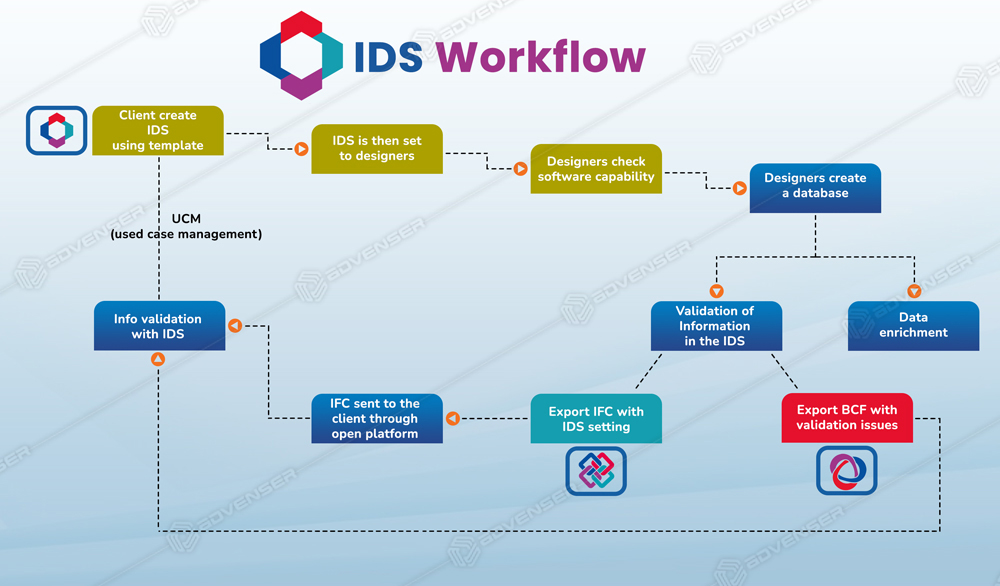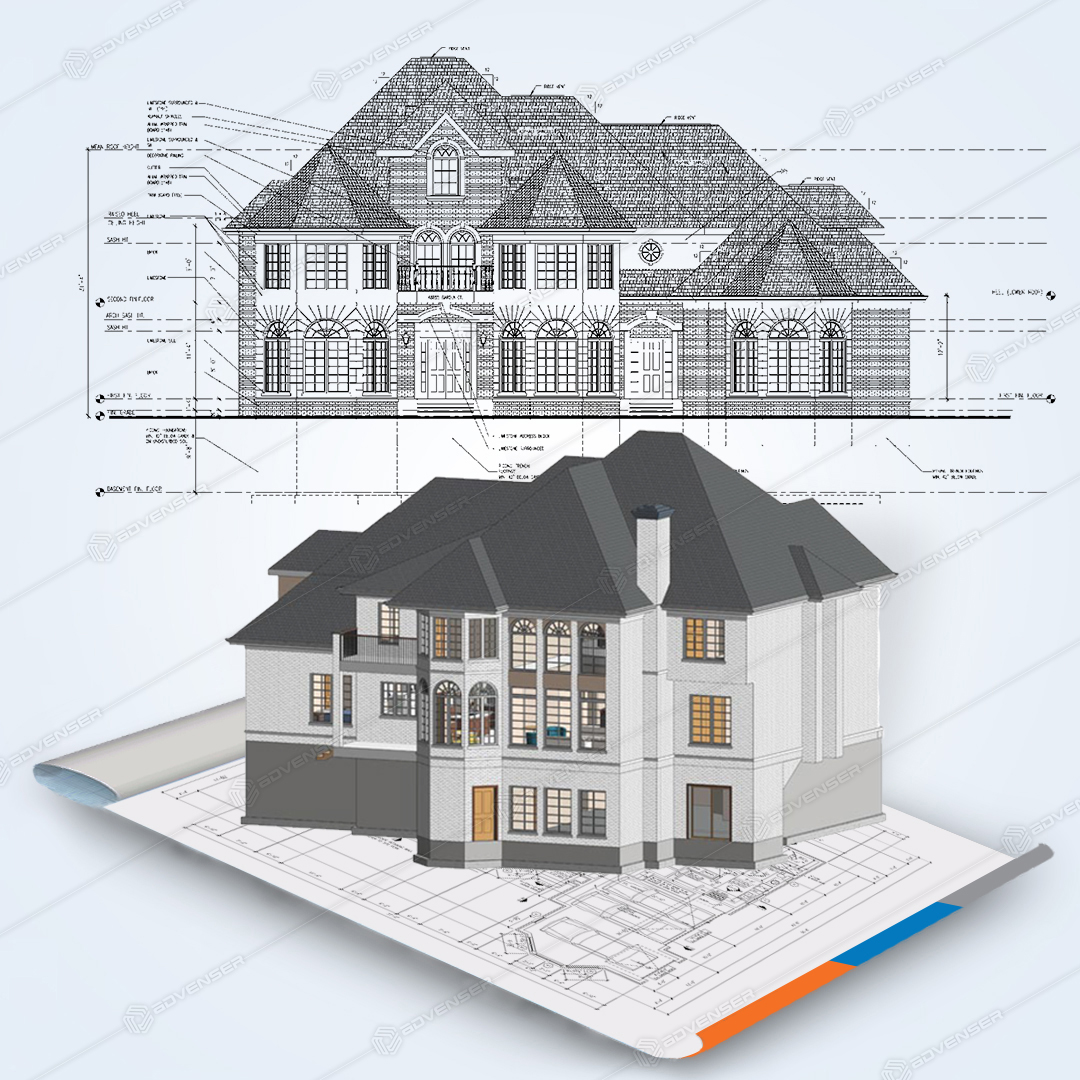So, let’s dive deep/ right into it….
How to leverage the benefits of digital prefabrication and BIM
Choose the right equipment & technology tools
Before implementing digital prefabrication, businesses must choose the right equipment to produce their components. If the equipment is too expensive, it will increase the cost of implementing digital prefabrication. If the equipment does not produce accurate components, it could result in design changes or increased costs. Pertinent technology tools should be selected based on their functionality, cost, and ease of use.
Choose the right communication tools
To collaborate on a digital model, project stakeholders must use the right communication tools. If the tools do not meet the needs of the team, it could result in an inaccurate model and reduced productivity.
Choose the right software
Engineers must determine the apt BIM software suitable to design and integrate their product components. If the software is too expensive, it could increase costs. If the software does not meet the project’s needs, it could result in an inaccurate model and the need for more changes.
Choose the right suppliers
To produce accurate components, businesses must choose the right suppliers, such as steel fabricators, concrete suppliers, and solar panel assembly facilities. If the suppliers do not have the skills to produce the components, it could result in design changes or delays.
Hypothetical examples of successful Digital prefabrication and BIM
Factory Production of Structural Steel
In this scenario, a construction company used digital prefabrication and BIM to produce structural steel in a factory, then transport it to the project site. During the design phase, they used BIM software to create a model of the steel, enabling them to identify potential problems and make changes before the steel was manufactured. Once the steel was manufactured, the company transported it to the project site in a single truck, reducing the amount of time it would have taken to transport the steel to the site on multiple trucks.
Prefabricated Housing
In this example, a construction company used digital prefabrication and BIM to produce the components for a prefabricated housing project. They used BIM to produce a detailed model of each house and identify potential problems, such as poor scheduling and design issues. The company then used BIM to schedule the project and design the houses.
Solar Panel Assembly
A solar panel manufacturer used digital prefabrication and BIM to produce solar panels. They used BIM to create a 3D model of the panels and identify problems, such as incorrect measurements. They then used the model to correct the panels before they were assembled.
The construction of the Rogers Place arena in Edmonton, Alberta, Canada, is considered one of the best examples of successful digital prefabrication and BIM.
Digital prefabrication and BIM technology tools
3D modeling
3D modeling is a computer-assisted drafting technique that produces a digital model of a physical structure, such as a building or a piece of equipment. With 3D modeling, engineers can create virtual representations of the components needed for a project. They can also use this technology to create a digital model of a physical structure and add information about the design.
BIM software
BIM software is a computer-based technology used to create a digital model of a structure, such as a building or an engineering project. BIM is often used in the construction industry, where it can help project teams save time, reduce costs, and increase productivity.
Digital prefabrication and BIM services
BIM modeling
BIM modeling services help construction companies to create a digital model of a project, such as a building or a piece of equipment. BIM modeling provides various benefits to companies, such as improved project management and improved schedule.
BIM implementation
BIM implementation services help companies manage the transition from traditional design methods to BIM. BIM implementation services can help organizations create a digital model and connect it to other systems, such as project management, scheduling, and procurement.
BIM consulting
Construction companies can outsource BIM consulting services to manage the digital modeling process. BIM consulting companies offer a range of services, such as project management, monitoring, software application, and training. They can also help companies create a digital model and connect it to other systems, such as project management, scheduling, procurement, accounting, and engineering.
Advenser is happy to help you with all of the above..!!
Playing a major part in delivering these outcomes is BIM (Building Information Models). BIM enables us to quickly create precise simulation models that provide valuable insight into complex building systems such as structure size, material choice, air flow capacities, and more before anything is constructed onsite. With each project receiving its own unique set of requirements from planning regulations to climate conditions all being taken into consideration during the setup process means fewer issues arise later down the line saving valuable man-hours and budget overruns.
By incorporating BIM into prefabrication processes, safety and sustainability are increased dramatically leading to better overall quality of prefabricated products. With prefabrication serving as a healthy and sustainable solution for the construction industry, the implementation of BIM in prefabrication processes is certainly a rewarding venture.
In conclusion, building information modeling (BIM) can be an incredibly powerful tool for digital prefabrication when implemented and utilized properly. BIM with digital prefabrication has revolutionized the building industry by rapidly becoming essential tools in the AECO sector as we know it. All in all, BIM is an invaluable tool for digital prefabrication. With its many benefits, BIM with digital prefabrication is the way of the future for the industrial construction industry.







